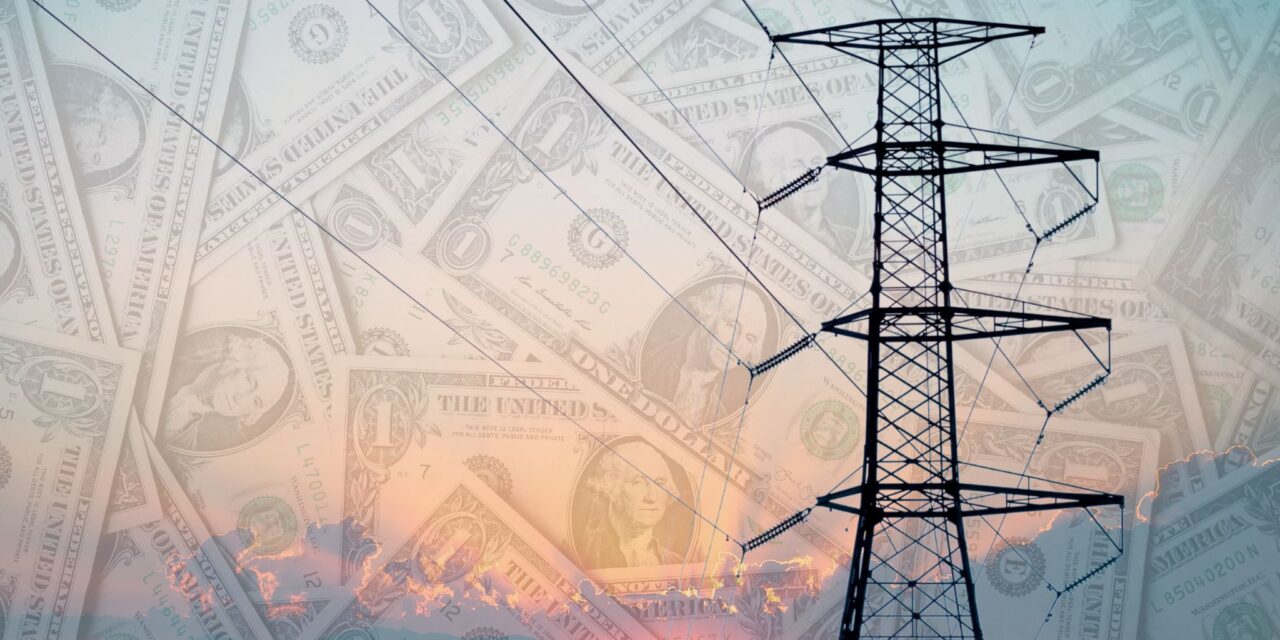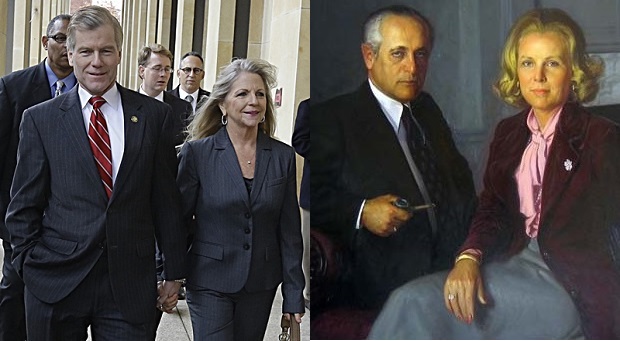As Marylanders endure another hot summer, skyrocketing power bills have sparked understandable frustration. Maryland Energy Administration Director Paul Pinsky and BG&E Vice President Mark Case have both weighed in on what’s driving these costs. Both point to the same culprit, the competitive energy market, but the data tells a different story.
A recent study by the Electric Power Supply Association (EPSA) and Energy Tariff Experts, supported by independent research from Energy + Environmental Economics, found that power generation accounts for less than half (approximately 45%) of the average electric bill, a figure unchanged from a decade ago. Adjusted for inflation, generation costs have actually declined by 20% over that period.
So why are bills still rising? The answer lies in the steady increase in transmission and delivery costs from BG&E over the years. Utilities like BG&E hold monopolies on energy distribution and have used that power to raise rates and boost profits for Wall Street investors.
A recent study from the Maryland Office of the People’s Counsel (OPC) found that BG&E’s monthly charges for delivering electricity have doubled since 2010 — an average annual increase of 5%. Over the same period, inflation averaged just 2.65% per year. For comparison, Potomac Edison, which serves Western Maryland, raised rates by only 2.1% annually over the same period.
Families struggling to pay their bills deserve answers. BG&E claims the higher costs are the price of reliability. But the real explanation lies in the commitments made by BG&E’s Chicago-based parent company, Exelon, to its investors.
In May, Exelon promised investors it would deliver annualized earnings “growth of 5% to 7%” through 2028, generating consistent growth and long-term value. Put more clearly, the company is committing to continue increasing infrastructure spending to meet aggressive investor expectations, not to benefit ratepayers.
BG&E earns a guaranteed profit of 9.5 cents for every dollar spent on the electric grid — regardless of whether the investment is necessary. This model incentivizes spending on projects that may not benefit customers. For example, BG&E is spending $130 million on a new substation to support the stalled Baltimore Peninsula redevelopment. Whether the project succeeds or not, ratepayers are on the hook to repay BG&E with profit. In another glaring example, BG&E charged customers for a $17.5 million contract for a Ford F-150 truck.
Marylanders understand that companies should earn a return on infrastructure investments. But when a utility is guaranteed profits from 1.3 million customers, we expect those investments to be necessary and beneficial. BG&E knows how bad this looks, so the company recently announced $15 million in temporary assistance for struggling families. That’s less than 3% of its $527 million in 2024 profits.
Marylanders deserve more than temporary relief and finger pointing. We deserve transparency and leaders who will hold utilities accountable when they put profits before people. If BG&E continues collecting guaranteed returns from hardworking families so it can meet Exelon’s promises to its shareholders, it must also guarantee that those investments are in the public interest. Until then, no amount of spin, or one-time assistance, can explain away the rising burden on Maryland families.







Recent Comments